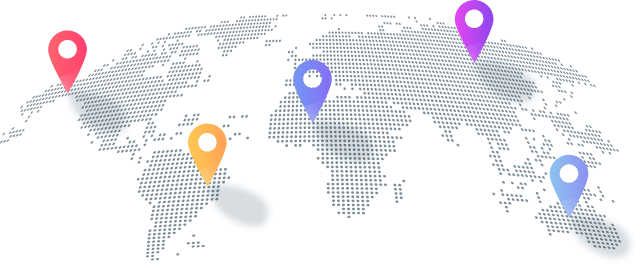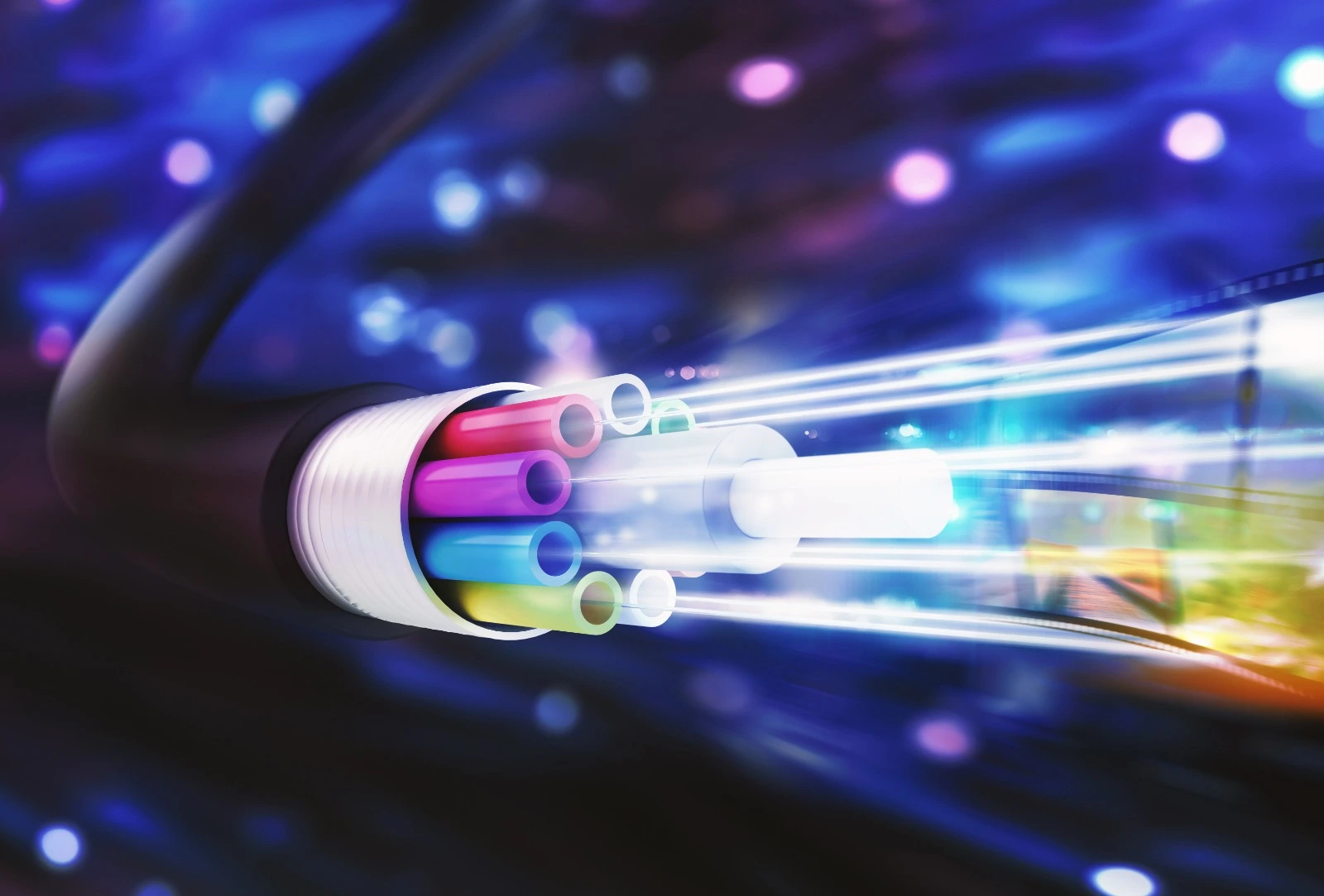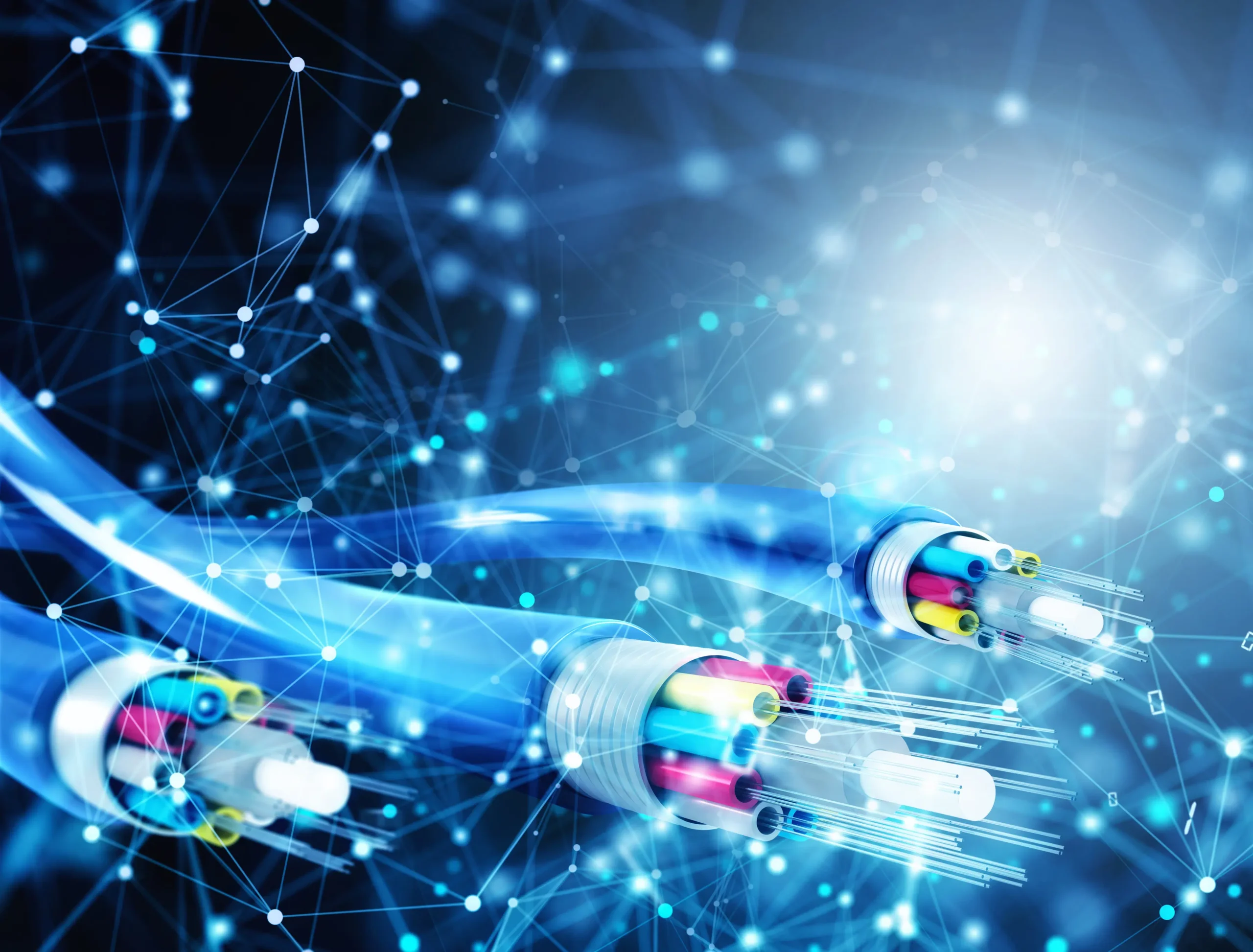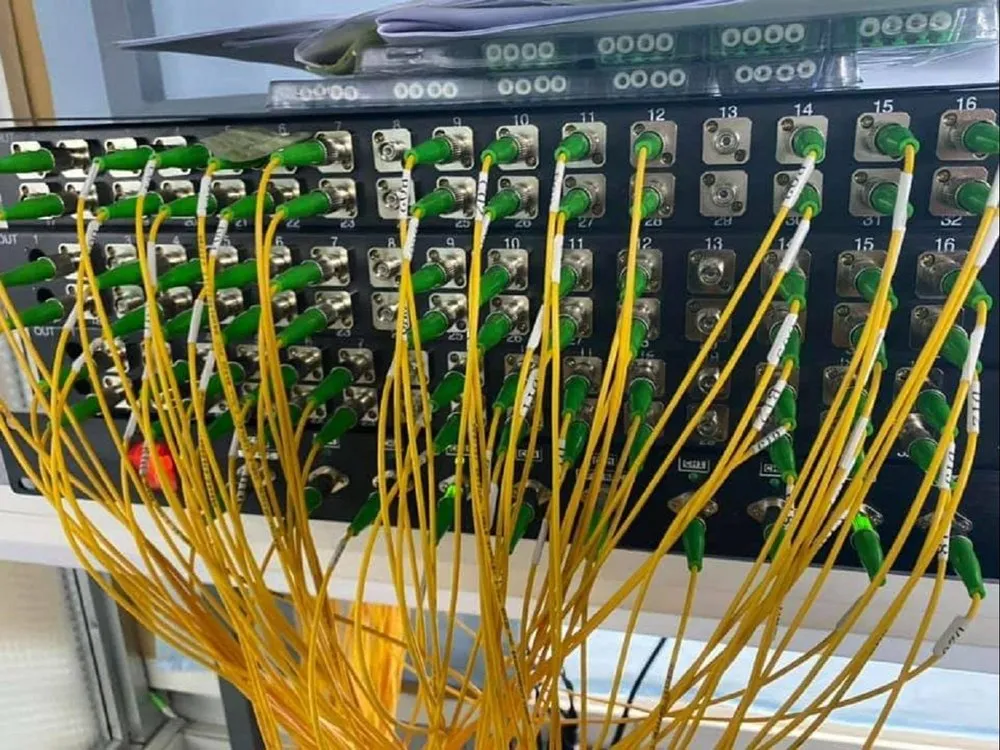About Us
With our extensive expertise in the telecommunications industry, we know exactly how to implement your individual network requirements. We will find the right solution and advise you from the planning to the implementation of the fiber optic extension. Our team of experienced and qualified employees always uses high-quality materials and employs our modern equipment to ensure that your network is at the cutting edge of telecommunications technology.

FTTH (Fiber to the Home)
We offer tailor-made solutions for FTTH projects to bring fiber optic connectivity directly into homes.
NVT/DP (Distribution Point)
Our distribution points (NVT/DP) are optimized to ensure seamless fiber optic distribution throughout your network.
POP (Point of Presence)
Our Points of Presence (POP) are strategically placed to ensure optimal connection and availability in your network.
For cable Internet, commercial and residential services are separate. However, companies can have many users on the system at the same time..
Frequently asked
Questions
It's important to understand the differences between fiber optic and cable internet to properly evaluate the offerings of different internet providers. Businesses rely on reliable communications, and stable internet is crucial to reaching customers quickly - so it's important to know the different types of internet and how they work.
What is cable internet? The main difference between fiber optic and cable internet is how they work. Often associated with television services, cable internet is a form of high-speed internet that uses the infrastructure of cable television for internet access, combining television and internet into one service. Understanding the differences between fiber optic and cable internet begins with examining the internal structure of cable internet. Coaxial cables, an older technology, use copper wires originally designed to carry television signals. These cables build on top of an existing network that brings television to homes or businesses.
The difference between fiber optic and cable internet comes down to how each service works. Cable broadband relies on traditional copper wires, while fiber optic internet uses a fiberglass core instead of an electrical current. Fiber optic internet cables transmit digital data as light signals through optically pure glass threads that are thinner than a human hair. This method is the most technologically advanced, offering fast and secure data transfers. Fiber optic internet cables provide reliable, high-speed data transfer. The speed of fiber optic internet depends on the availability of various broadband options and subscription features.
We are everywhere
Home Internet customers who have not provided an email address for service notifications

Read our latest blog posts
- Fiber optic maintenance
- emilkemal4@gmail.com
- 28 August 2024
OTDR measurements: How to ensure the quality and reliability of your fiber optic connections
Read More- FTTH technology
- emilkemal4@gmail.com
- 28 August 2024
FTTH: The future of fiber optic networking for your home
Read More- FTTH technology
- emilkemal4@gmail.com
- 28 August 2024
From planning to implementation: Realising successful FTTH projects
Read More- Fiber optic networks
- emilkemal4@gmail.com
- 28 August 2024
POP Locations: Why Strategic Placement is Crucial to Your Network
Read More- Fiber optic technology
- emilkemal4@gmail.com
- 28 August 2024





